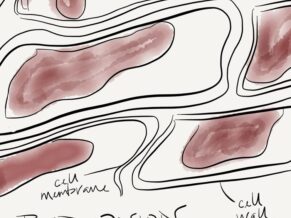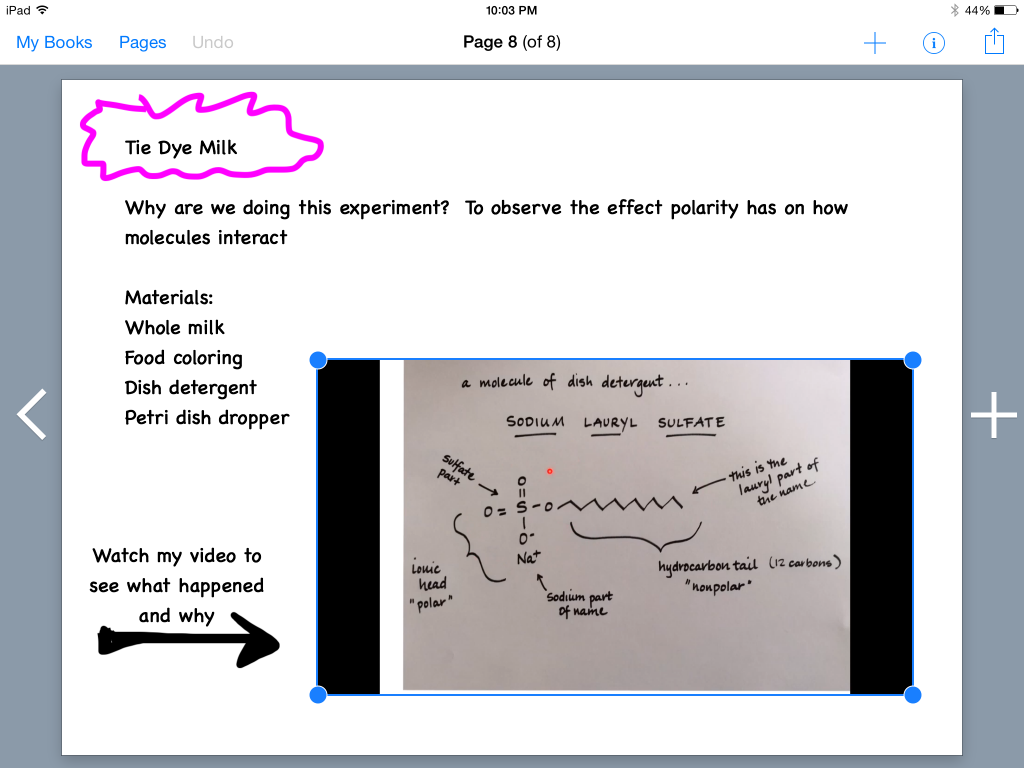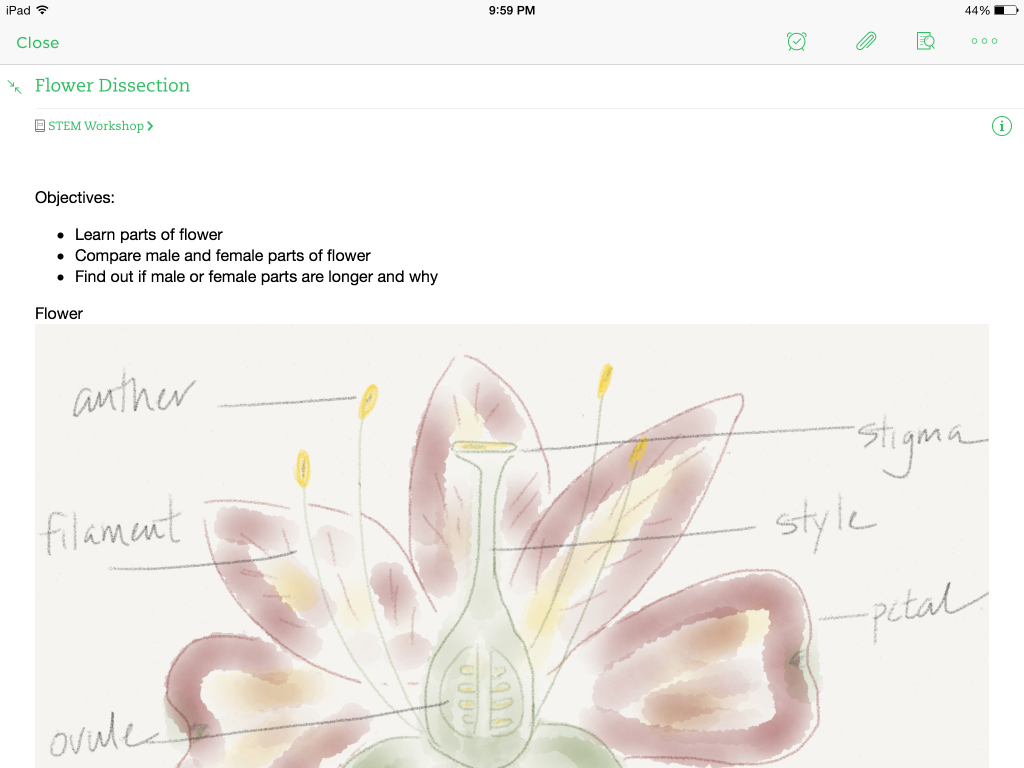This guest post from Summer Workshop instructor, Maggie Keeler (@KeelerMS), first appeared on Edudemic.
As more and more states adopt the Next Generation Science Standards (NGSS), teachers are beginning to wonder what tools they will need to implement the new standards in their classrooms.
The NGSS focuses on three dimensions: core ideas in science and engineering necessary to prepare students to gain more knowledge independently; concepts that cut across content areas; and practices employed by scientists and engineers as they investigate, design and build (National Research Council 2011). The framers of the NGSS emphasize the need for students to do science and not just learn about science. What do you need to do science in the classroom? Well, that’s going to depend a lot on your grade level and your content area, but I would argue that all science students need a lab notebook - an electronic lab notebook (ELN) to be specific.
Keeping a lab notebook is an essential part of the science or engineering process. Researchers use lab notebooks to document their thoughts, methods, experimental results, and analyses. Lab notebooks serve as an organizational tool and can sometimes play a critical role in establishing and protecting intellectual property.
For students, a lab notebook can help them practice science by providing them with a tool to support thinking, guide teacher instruction, build literacy skills, and help to different instruction (Gilbert and Kotelman 2005 ). Turn that lab notebook into an ELN, and students can also develop 21st century learning skills and digital media literacy at the same time.
Creativity and Innovation
Science, at its heart, is a creative undertaking. However, sometimes a student’s inventiveness is limited by their ability to express their ideas. Electronic lab notebooks encourage students to push the boundaries of their ingenuity by freeing them to express themselves through multiple means. Using an app like Evernote, students can record audio as they brainstorm hypotheses. Need something more visual? Students can incorporate videos, photos, or drawings of their experimental results into a BookCreator ELN.
Critical Thinking and Problem Solving
The scientific process is rooted in critical thinking and problem solving. Students can build on their critical thinking and problem solving skills using an ELN. They can explore complex hypotheses through mapping, screencasting or modeling which can all be incorporated into an electronic lab notebook. Use MindMup or Lucidchart to have students create a graphic organizer, mind map, concept map to visually organize information as they plan out an experiment.
Is a student’s engineering design hard to understand? Have them create a screencast to explain their design. Using apps like Screencastify or Explain Everything, students can capture video of onscreen images as well as audio narrations, and then save it to their ELN.
Communication and Collaboration
Electronic lab notebooks can promote effective communication through a variety of modes including oral, written, and graphical representations of ideas and observations. The use of ELNs also encourage collaboration between students as well as between students and the scientific community beyond the walls of the classroom. Have you ever tried to collaborate with a traditional lab notebook? It’s not that simple, is it? Invariably it involves collecting the student’s lab notebook and halting research in the process. Create an ELN using Google Drive, Evernote or BookCreator, and students can easily share their notebook with others to view, comment or edit while continuing to work on their own.
In order for students to be successful under the new standards, it’s critical that we provide them with the substantive learning experiences and real world tools they will need to become the next generation of scientists and engineers. I believe electronic lab notebooks are one such tool.
To learn more about how to get started using electronic lab notebooks in your classroom, come join Maggie for Enhancing STEM Curriculum with Technology, July 28-30, in Cambridge MA.




